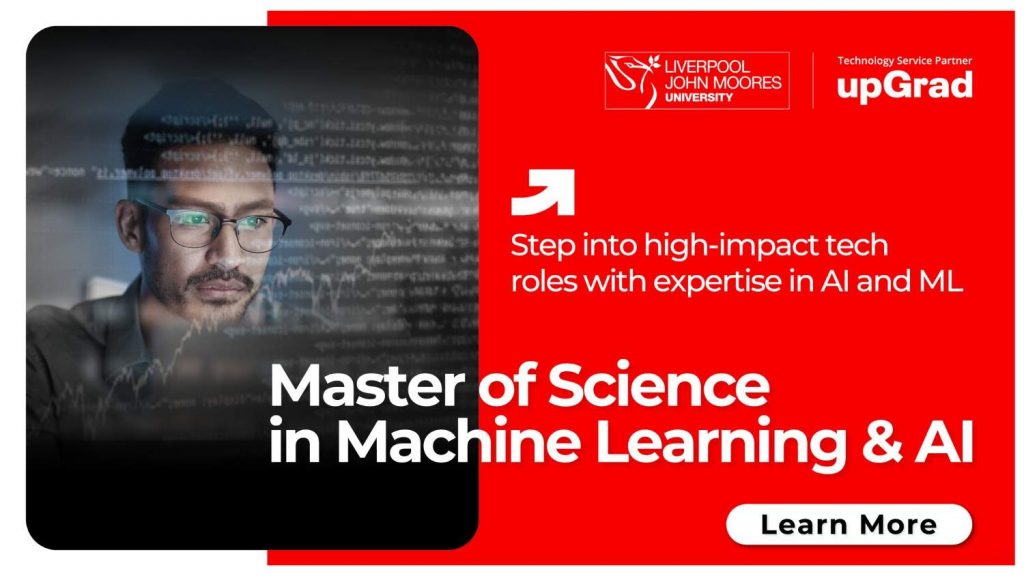Deep learning is a fascinating area of machine learning that is enabling breakthroughs and transformative capabilities in a number of different sectors. They may accomplish amazing accuracy on challenging tasks like speech identification, picture recognition, and natural language processing. Read on to uncover the fundamentals of deep neural networks and the immense possibilities they unlock.
Basics of Deep Learning
“Deep learning” is a machine learning that makes use of artificial neural networks that are made to resemble the human brain. It uses various layers of neural networks to extract higher-level information from raw input data, simulating how the human brain works.
Deep learning algorithms do not require human feature extraction, as they learn directly from data, in contrast to typical machine learning techniques. When provided with sufficient high-quality data, deep learning models may attain cutting-edge precision and surpass human performance in tasks such as image recognition.
Key Components of Neural Networks
Deep learning neural networks comprise several key components:
- Layers – The building blocks of the network, including input, hidden, and output layers.
- Nodes – The data processing units in each layer. They are also known as neurons or units.
- Connections & Weights – Connections between nodes have an associated weight denoting their importance. Weights are learned during training.
- Activation Function – Applies a mathematical operation to the input signal to determine the output signal. Common activation functions include ReLU, tanh, and sigmoid.
- Loss Function – Measures model error during training. Common loss functions include MSE, cross-entropy loss, etc.
- Optimizer– The learning algorithm that iterates to minimize loss by tuning weights and biases. Stochastic gradient descent is a famous optimizer.
Real-World Applications of Deep Learning
Deep learning is enabling breakthrough capabilities across a diverse range of industries. In computer vision, deep learning excels at image recognition, facial recognition, and medical imaging analysis.
Deep learning also powers recommendation systems like Netflix and Spotify, which suggest movies, music, and products. It is being applied to enable autonomous driving through object detection and navigation. Understanding deep learning identifies fraudulent transactions, claims, and profiles for banking, insurance, and e-commerce in the financial services sector.
Benefits of Deep Learning
Some key advantages of understanding deep learning:
- Deep learning eliminates the need for manual and labor-intensive feature engineering. Instead, it automatically learns relevant features directly from the data, making the process efficient and scalable.
- Deep learning models improve in performance as the size of data increases, offering more benefits as more labeled data becomes available. They can leverage big datasets well.
- Unlike other machine learning approaches, deep learning performs exceptionally well even with unlabeled, unstructured data like images, text, and audio.
- The layered architecture of deep learning models enables them to learn representations and improve over time as they are trained on new data.
- Deep learning offers significant operational efficiencies and cost reduction over human analysis by automating complex analytical tasks.
Conclusion
To skill up and become an AI expert in the exciting field of deep learning, enroll in upGrad’s PG Diploma in Data Science. upGrad’s rigorous deep learning certification program provides comprehensive training covering all aspects of neural networks and deep learning models. With the in-depth exploration of concepts, real-world projects, and expert guidance, the upGrade equips you with the knowledge and skills to capitalize on lucrative career opportunities in this transformative technology.
Explore related courses on upGrad. Enroll in upGrad’s deep learning certification course today to future-proof your career and stay ahead of the curve!
FAQs
1. How is deep learning different from traditional machine learning?
Deep learning algorithms directly learn from data without needing manual feature extraction. They can handle unstructured data well and achieve better accuracy through multiple neural network layers.
2. What type of data is required for deep learning?
Deep learning models are trained on large labeled datasets like images, text, audio, etc. The more quality data they receive, the better they learn and perform.
3. What are some challenges with deep learning?
Some challenges include large data requirements, longer training times, interpretability issues, specialist hardware requirements, and susceptibility to adversarial examples or bias in data.









